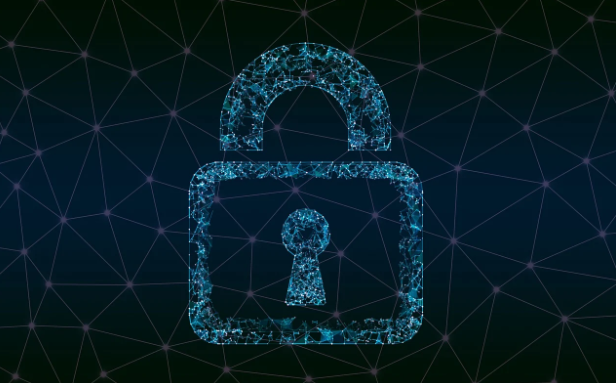The goal of DevOps is to improve software deployment efficiency by combining development and operations. Businesses must accelerate their update and add processes at a pace that exceeds previous norms because speed and quality have become essential operational factors. The fast pace behind delivery methods leads to difficulties that endanger organizational software code and data resources.
To secure your workflow while maintaining agility, you must put best practices and strategies that coordinate development, operations, and security teams into place. To make sure everything goes as smoothly as possible, is it better to turn to a professional DevOps services company that will design a secure strategy tailored to your organization’s specific needs
Why DevOps and Cybersecurity Must Go Hand in Hand
Security teams used to operate independently of operations and development teams. This approach proved to be ineffective for companies since they have adopted agile processes. The collaboration between DevOps and cybersecurity needs to bring the integration into each stage, from planning to production in the development and deployment pipeline.
DevOps Security: Best Practices
1. Automate Processes
The core functionality of such teams depends on automated processes, which must also include security measures. The entire development process maintains automated procedures to minimize human mistakes and guarantee application consistency in testing procedures. Early flaw identification becomes possible through a combination of compliance checks, configuration management, and automated vulnerability scanning.
2. Use Secure Code Practices
Dev teams need to adhere to secure coding standards to mitigate standard issues, which include SQL injection along with cross-site scripting (XSS) and additional code-related vulnerabilities. ML programs that perform code scans and inspections within the CI/CD system allow developers to detect problems before the software reaches production.
3. Continuous Monitoring and Incident Response
The preservation of security in DevOps environments relies on quick incident response procedures coupled with nonstop anomalous activity monitoring of systems. Teams can prevent threats from escalating through this method. After incidents happen, they should have plans to respond, using joint efforts between DevOps and security staff to resolve problems quickly.
4. Secure the Supply Chain
The modern ecosystem heavily relies on third-party components for development operations. These components simultaneously offer security dangers during operation. Third-party software, along with dependencies, demands regular updates for safety reasons. Therefore, strict safety measures must be applied.
5. Educate and Train Teams
Your operations and development staff must receive regular awareness training. DevOps cybersecurity elements like data protection, identity management, and encryption should be understood and adopted by developers. Putting it all at the forefront of organizational procedures will reduce many potential human errors.
Tools to Enhance DevOps Security
Embracing safety within DevOps practices demands appropriate automation systems that enable continuous system monitoring. These are the standard tools that DevOps and cybersecurity professionals use:
-
Static Application Security Testing (SAST) tools: These examine source code for flaws and offer early vulnerability detection before compilation and deployment.
-
Dynamic Application Security Testing (DAST) tools: DAST tools scan running programs for vulnerabilities and test them while they’re operating to find problems at runtime.
-
Software Composition Analysis (SCA): SCA tools track vulnerabilities in third-party libraries and dependencies and find and manage open-source components in your codebase.
-
Container security tools: These “keep an eye” on containerized environments to make sure they’re safe from attacks.
Key Factors to Consider for Effective DevOps and Security Integration
|
Factor |
Description |
|
Collaboration |
To guarantee that online safety measures are integrated into every phase of development, DevOps and security teams should work together from the beginning. |
|
Automation |
Continuous monitoring is ensured without slowing down the pipeline by automating tests and procedures. |
|
Visibility and monitoring |
The real-time detection of security risks requires complete access to the development and deployment pipeline. |
|
Risk assessment and management |
You may stop vulnerabilities from compromising your systems by routinely evaluating and controlling risks. |
Why is DevOps Important for Security?
-
Faster Deployment with Improved Safety
Modern strategies are used to integrate security early in the development cycle. Software may, therefore, be distributed quickly and securely, which will reduce the likelihood of attacks throughout the product’s manufacturing process.
-
Scalability and Flexibility
DevOps allows businesses to grow their infrastructure as needed while maintaining secure configurations and processes. Their flexibility ensures that procedures can evolve as the company grows.
To Sum up
In conclusion, what is DevOps security? It is the process that requires integrating appropriate procedures within the automation framework. It also involves embedding protocols with the core activities of the teams’ life cycles.
Online safety remains an unstoppable necessity because cyber threats show persistent change in their forms. Organizations attain protected workflows with quick operations through disciplined DevOps and security practices and methods combined with automated protocols and trained personnel.











